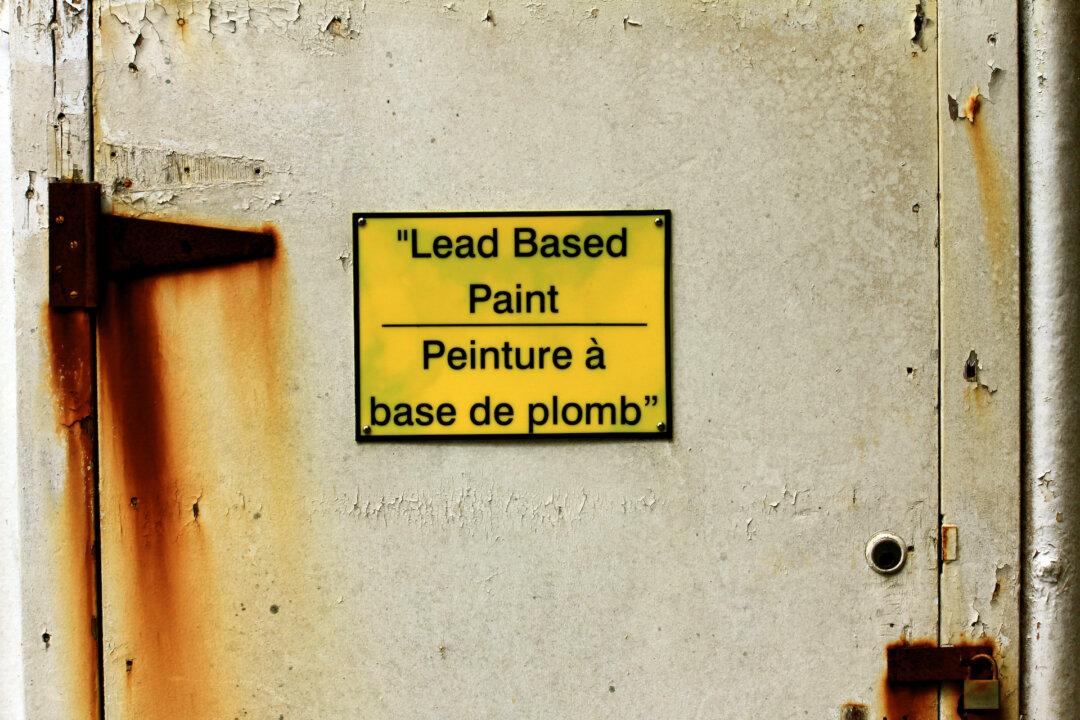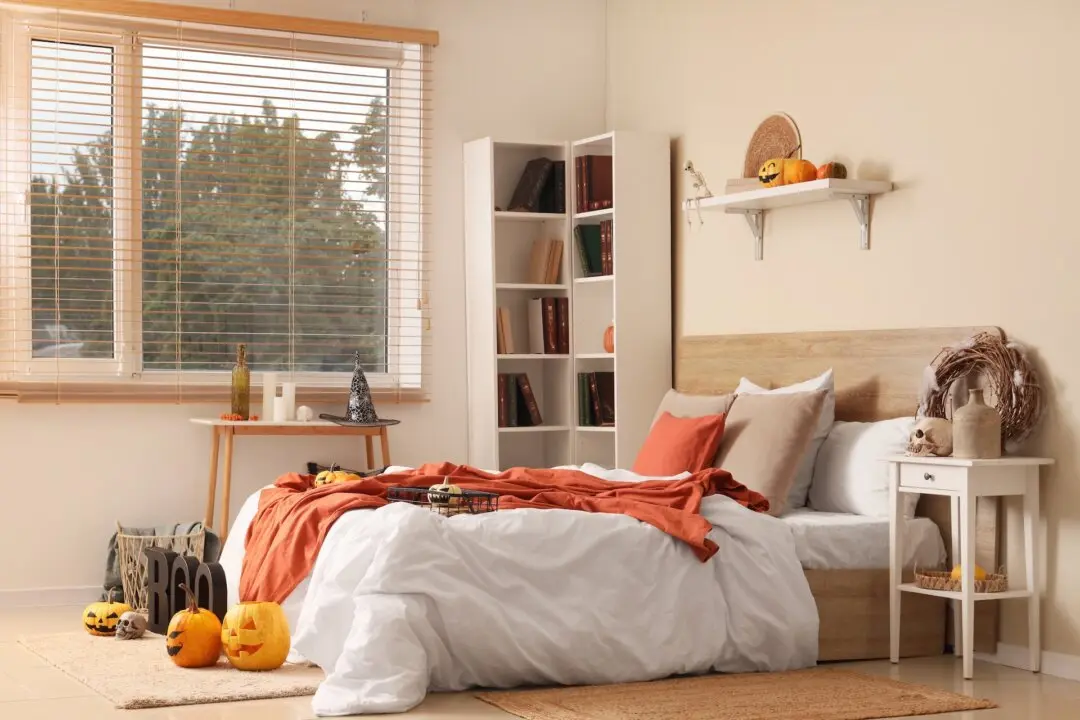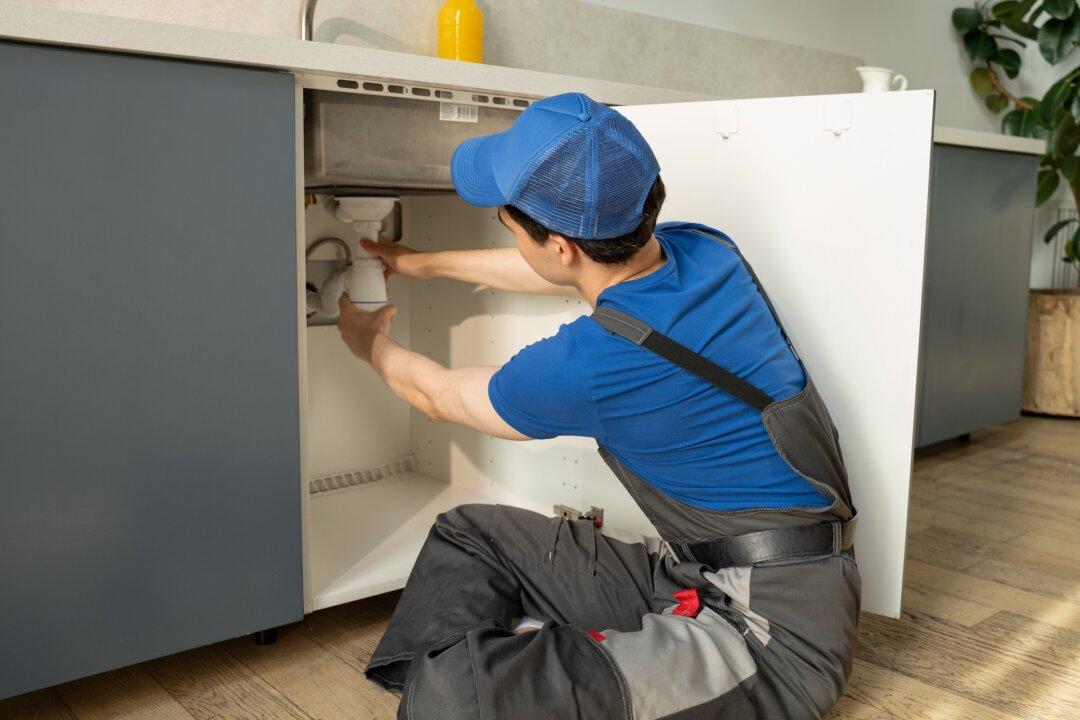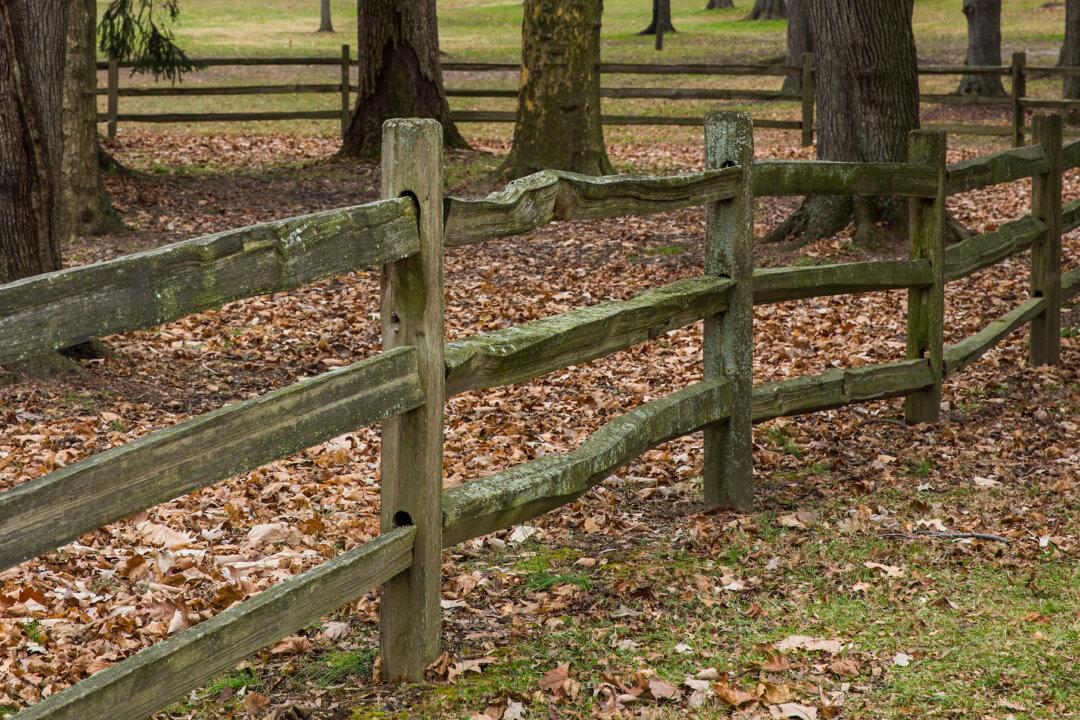Dear James: We are remodeling our old house, which has a lot of painted wood trim. Is there a potential problem with lead being released as we tear out or refinish the wood trim?—Dennis W.
Dear Dennis: If your house was built before 1978, there is a chance that paint which contains lead was used, especially on the wood trim. Leaded paint was not allowed to be used after that time, but some builders or painters may still have had some old paint on hand. It is something to take seriously.





